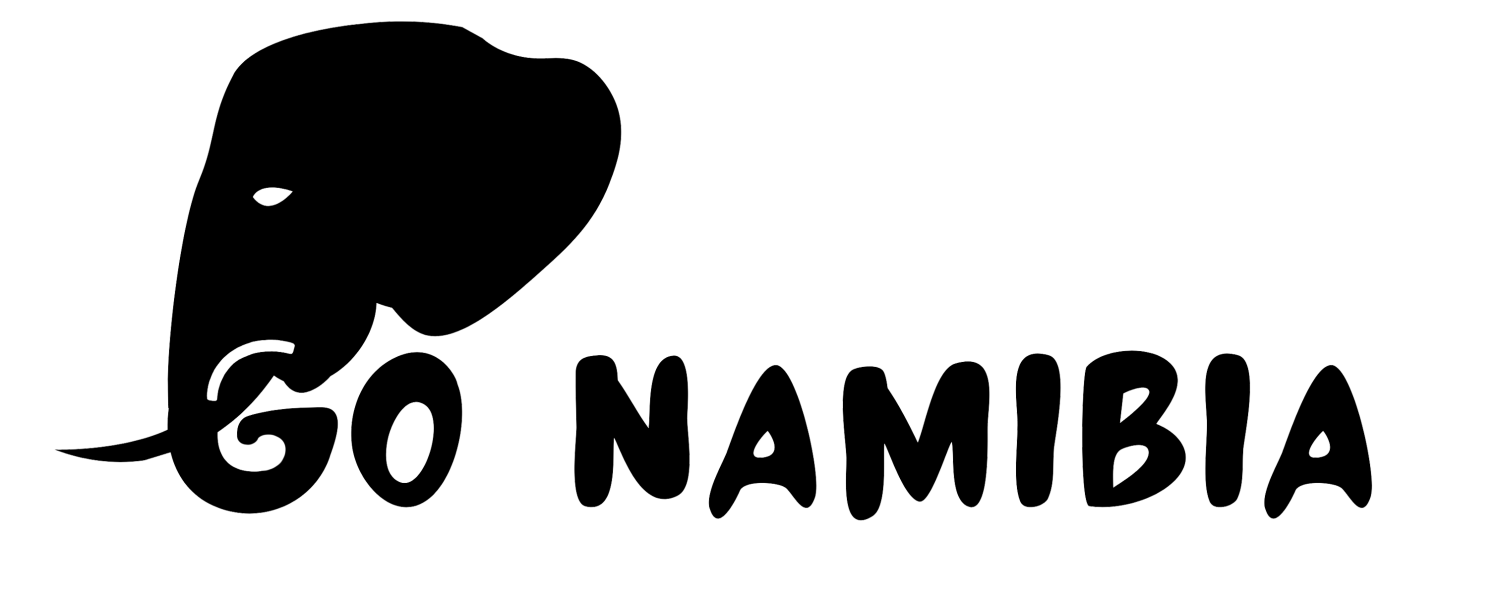Namibia is one of the most self-drive-friendly destinations in Africa. With wide open spaces, smooth gravel roads, minimal traffic, and breathtaking landscapes, a road trip through Namibia promises both freedom and adventure. Here’s everything you need to know before you hit the road.
Why Self-Drive in Namibia?
Namibia offers the perfect balance between wild adventure and manageable infrastructure. Most major roads are in good condition, and you’ll find fuel stations, grocery stores, and accommodations even in remote areas—though not too frequently.
Self-driving allows you to travel at your own pace, stop at scenic lookouts, and reach places that group tours might skip, like a remote desert lodge or a hidden canyon.
Do You Need a 4x4?
For popular routes like Windhoek to Sossusvlei or Etosha, a 2WD vehicle can suffice. But if you plan to go off the beaten path—into Damaraland, Skeleton Coast, Kaokoland, or the Caprivi Strip—a 4x4 is highly recommended. It provides better clearance on gravel roads and helps in sandy or muddy conditions.
Essential Documents
-
International Driver’s Permit (IDP): Required if your license isn’t in English. You need a valid driving license and must carry it with you when you are driving. If your driver’s license is not printed in English, it is advisable to travel with an International Driver’s License.
-
Valid Passport: For vehicle rental and border crossings (Caprivi region).
-
Vehicle Insurance: Make sure it covers gravel road driving and tire/windshield damage.
-
Permit for Cross-border Travel: Needed if you drive into Botswana, Zambia, or Angola.
Road Conditions & Driving Tips
-
Drive on the left side of the road.
-
Speed Limits: 120 km/h on tar roads, 80 km/h on gravel, and 60 km/h in towns.
-
Watch for Wildlife: Watch out for animals crossing the road or grazing near the roadside. Both wild and domestic animals frighten easily and can jump directly in front of your moving car.
-
Avoid travelling at night. Wildlife is most active at dusk, and the possibility of a collision at this time of day is vastly increased.
-
Watch out for animals crossing the road or grazing near the roadside. Both wild and domestic animals frighten easily and can jump directly in front of your moving car.
-
When entering any game park or other area where there are wild animals, read the safety guidelines provided. It is dangerous to leave your vehicle when you are in a wildlife area. The only safe way to look at a wild animal is from the safety of your vehicle.
-
Reduce Speed on Gravel: To prevent skidding and avoid damage from flying stones.
-
Carry Spares: Always carry at least one spare tyre. When visiting remote areas, it is advisable to carry a second spare tyre and a tyre-repair kit.
-
Your tyres must have the correct air pressure for the roads on which you’re planning to travel and for the amount of luggage and number of passengers in your car.
-
Fuel Up Often: Never pass a fuel station without topping up in remote areas.
-
Passengers in the back as well as the front seats must wear seabelts.
- Drive with your lights on, especially when driving on gravel roads.
-
Make sure you are fully insured. Check the best proposal we found for you in Namibia here.
-
Before leaving on your self-drive tour, make sure the brakes of your vehicle are in good working order.
-
You should carry a well-equipped first-aid kit.
- As distances are long, take regular breaks.
-
Plan your trip carefully, ensuring that you have enough fuel for the journey you have planned. Always ensure that you have sufficient fuel in the event that your next / planned fuel stop might not have fuel available.
-
Always carry water when you travel. Plan to have enough water for your entire journey, also in case you have a breakdown or become stuck.
-
It is advisable to leave your itinerary with your tour operator, hotel or friends. In the unlikely event that you become lost, authorities will be able to find you if they know your plans.
-
Make sure you have a current, authoritative map before you leave on your trip. When you leave the official roads marked on your map, there may be no road signs to direct you and the condition of the road may be poor.
-
Take time to listen carefully to the safety briefing given by your car-hire company. Ask advice on the condition of the roads in the areas you plan to visit. If your vehicle has extra fuel and water tanks, use them.
- Even though the Cell phone network is wide spread in Namibia it is advisable to hire Satellite phones. These are recommended when driving into remote areas. It is helpful if you are stuck or do need any help.
Popular Self-Drive Itineraries
-
10-Day Highlights Tour: Windhoek → Sossusvlei → Swakopmund → Damaraland → Etosha → Windhoek
-
Caprivi & Northern Namibia: For lush landscapes, rivers, and rare wildlife
-
Skeleton Coast Circuit: For adventurous souls craving wild isolation
Rental Companies
Trusted rental agencies include:
-
Swakopmund Car Hire
-
Savannah Car Hire
-
Asco Car Hire
-
Britz 4x4
-
Safari Car Rental Namibia
-
Caprivi Car Hire
These often offer well-equipped vehicles with rooftop tents and camping gear.
Packing Checklist
-
Maps or GPS (download offline maps like Maps.me)
-
Cooler box or fridge for perishables
-
Headlamp or flashlight
-
First aid kit
-
Emergency triangle, jack, and spares
-
Extra water & snacks
Final Thoughts
Self-driving in Namibia is not just transportation—it’s an experience. You’ll feel the vastness of the land, the silence of the desert, and the thrill of spotting wildlife from your own window. With some planning and a sense of adventure, it might just be the best road trip of your life.

